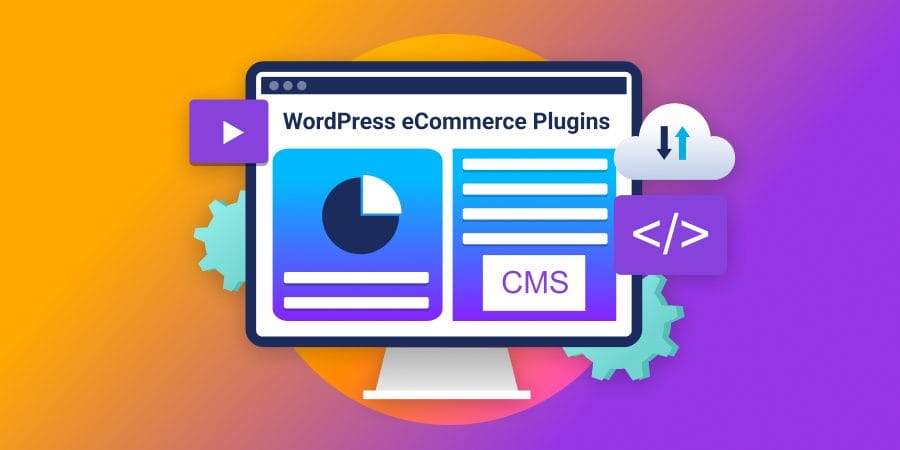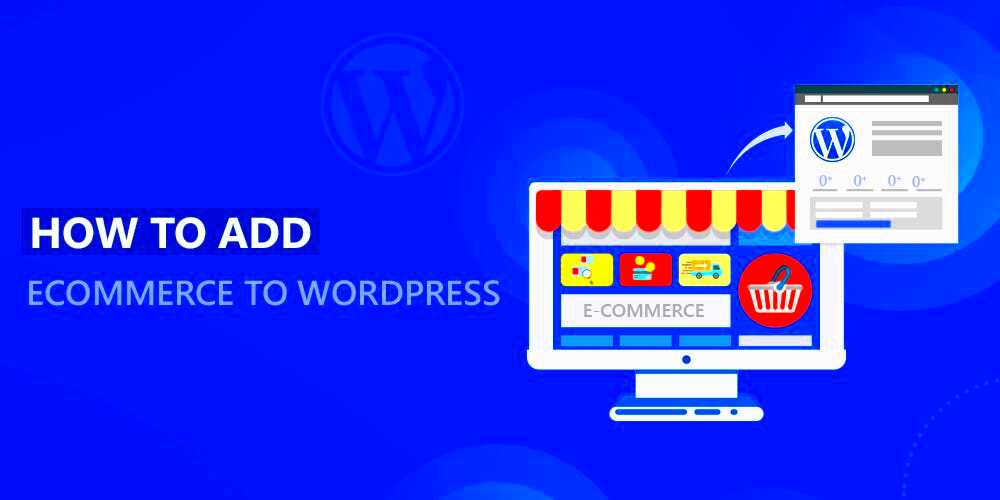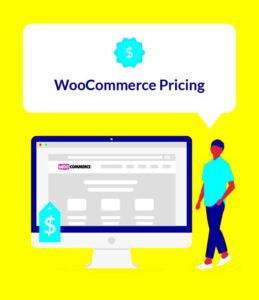Introduction to WordPress Ecommerce
WordPress has revolutionized the way we build websites, and it’s a fantastic platform for creating ecommerce stores. Its flexibility, user-friendly interface, and vast library of plugins make it a top choice for online retailers. Whether you’re selling physical products, digital downloads, or services, WordPress can handle it all. The best part? You don’t need to be a tech wizard to get started!
Choosing the Right Ecommerce Plugin

Picking the right ecommerce plugin is a crucial step in setting up your online store. With WordPress, you have several options, but a few stand out for their features and ease of use. Here’s a quick comparison of the top choices:
| Plugin | Key Features | Best For |
|---|---|---|
| WooCommerce | Extensive customization, wide range of extensions, easy to use | General use, physical and digital products |
| Easy Digital Downloads | Focus on digital products, simple setup | Digital goods like software, ebooks, and courses |
| BigCommerce for WordPress | Scalability, multi-channel selling, robust inventory management | Larger stores with complex needs |
Consider your store’s needs, budget, and future growth when choosing a plugin. For most users, WooCommerce is a solid starting point due to its flexibility and strong community support.
Setting Up Your Online Store

Once you’ve picked your ecommerce plugin, it’s time to set up your store. Here’s a step-by-step guide to get you going:
- Install and activate your chosen plugin: Navigate to your WordPress dashboard, go to Plugins, and click on “Add New.” Search for your plugin, install, and activate it.
- Configure basic settings: Set your store’s currency, payment gateways, and shipping methods. This ensures smooth transactions and customer satisfaction.
- Add your products: Go to the Products section and start adding items. Include clear product descriptions, high-quality images, and accurate pricing.
- Customize your store’s appearance: Use themes and page builders to design an attractive storefront. Make sure it’s easy to navigate and mobile-friendly.
- Test your store: Before going live, place a few test orders to ensure everything works seamlessly.
Setting up your store might feel overwhelming at first, but take it one step at a time. Soon, you’ll have a fully functional ecommerce site ready to start selling!
Designing an Engaging Storefront
Your storefront is the first thing customers see, so it needs to make a great impression. A well-designed store not only looks professional but also guides users smoothly through the buying process. Here are some tips to create an engaging storefront:
- Choose the right theme: Look for a responsive and ecommerce-friendly WordPress theme. Many themes are designed specifically for WooCommerce, making them a great fit.
- Focus on user experience (UX): Ensure your navigation is simple and intuitive. Use clear menus, categories, and search functionality to help customers find products quickly.
- Use high-quality visuals: Great product images and banners can make your store more attractive. Consider using a slider or featured product section on the homepage.
- Highlight key features: Use call-to-action buttons, customer reviews, and trust badges to build credibility and guide customers toward making a purchase.
- Mobile optimization: With a significant number of shoppers using mobile devices, ensure your site is mobile-friendly. This includes fast loading times, touch-friendly navigation, and easy-to-read content.
Remember, your storefront is like a digital showroom. Make it inviting and easy to explore, and customers will feel more confident shopping with you.
Configuring Payment and Shipping Options
Payment and shipping are crucial aspects of any ecommerce store. Customers want flexible and secure payment methods, along with clear shipping options. Here’s how you can set this up:
Payment Options
Offer a variety of payment methods to cater to different customer preferences. Here are some common choices:
- Credit/Debit Cards: Most customers prefer using their cards. Integrate popular gateways like Stripe or PayPal for seamless transactions.
- Digital Wallets: Services like Apple Pay, Google Pay, and PayPal offer quick and secure checkouts.
- Bank Transfers: While less common, this can be useful for larger transactions or international customers.
Shipping Options
Clear and flexible shipping options can improve the customer experience. Here’s what to consider:
- Flat Rate Shipping: Set a fixed shipping cost for all orders, simplifying the process for customers.
- Free Shipping: Offer free shipping on all orders or for purchases over a certain amount to encourage larger orders.
- Real-Time Shipping Rates: Integrate with carriers like USPS, FedEx, or DHL to offer accurate shipping costs based on the customer’s location and package weight.
Provide detailed shipping information, including estimated delivery times and tracking options, to keep your customers informed and satisfied.
Optimizing Your Ecommerce Store for SEO
Search Engine Optimization (SEO) is vital for driving organic traffic to your store. Here are some key areas to focus on:
- Keyword Research: Identify keywords that potential customers are searching for. Use these in your product titles, descriptions, and meta tags.
- Optimized Product Pages: Ensure each product page includes a unique title, detailed description, and high-quality images. Use alt text for images to improve accessibility and SEO.
- Fast Loading Speed: A slow website can hurt your SEO rankings. Use caching plugins, optimize images, and consider a content delivery network (CDN) to speed up your site.
- Mobile-Friendly Design: Google prioritizes mobile-friendly websites in its rankings. Ensure your store looks great and functions well on all devices.
- Quality Content: Regularly update your site with valuable content like blogs, guides, and customer reviews. This helps to engage users and improve your search rankings.
- Backlinks: Build high-quality backlinks from reputable sites to boost your store’s authority and visibility in search results.
By implementing these SEO strategies, you’ll make your store more visible to potential customers, leading to increased traffic and sales.
Managing Products and Inventory
Keeping track of your products and inventory is essential for running a successful ecommerce store. Proper management ensures that you know what you have in stock, what needs to be reordered, and helps prevent overselling. Here are some effective strategies to manage your products and inventory:
- Use inventory management software: Tools like TradeGecko or Oberlo can help automate inventory tracking, making it easier to manage stock levels and orders.
- Organize products into categories: Create clear categories for your products to help customers find items easily and to streamline inventory management.
- Set reorder levels: Establish minimum stock levels for each product. When stock reaches this point, it’s time to reorder to avoid running out.
- Regularly review inventory: Conduct audits to ensure your physical stock matches what’s recorded in your system. This helps catch discrepancies early.
- Implement a first-in, first-out (FIFO) system: This is especially important for perishable items. Sell older stock first to reduce waste and ensure freshness.
By actively managing your products and inventory, you’ll maintain customer satisfaction and keep your operations running smoothly.
FAQ
As you embark on setting up your WordPress ecommerce store, you might have some questions. Here are answers to a few frequently asked questions that can help clear up any confusion:
- What is the best ecommerce plugin for WordPress?
WooCommerce is widely regarded as the best choice due to its flexibility, extensive features, and strong community support. - How do I ensure secure payments?
Utilize trusted payment gateways like PayPal and Stripe, which offer secure payment processing and fraud protection. - Can I sell digital products with WordPress?
Absolutely! Plugins like Easy Digital Downloads are designed specifically for selling digital products. - Do I need to know how to code?
No, you don’t need coding skills to set up a WordPress ecommerce store, but a basic understanding can help with customization. - How do I drive traffic to my ecommerce store?
Use SEO strategies, social media marketing, and email campaigns to attract visitors to your site.
Conclusion
Setting up and managing a WordPress ecommerce store might seem challenging at first, but with the right approach and tools, it can be a rewarding experience. By designing an engaging storefront, configuring reliable payment and shipping options, and optimizing for SEO, you’re on the path to success. Remember to manage your products and inventory efficiently, and keep your customers’ needs at the forefront of your decisions.
As you grow your store, stay informed about the latest ecommerce trends and continuously improve your offerings. With dedication and the right strategies, your WordPress ecommerce store can thrive in today’s competitive online marketplace. Happy selling!



